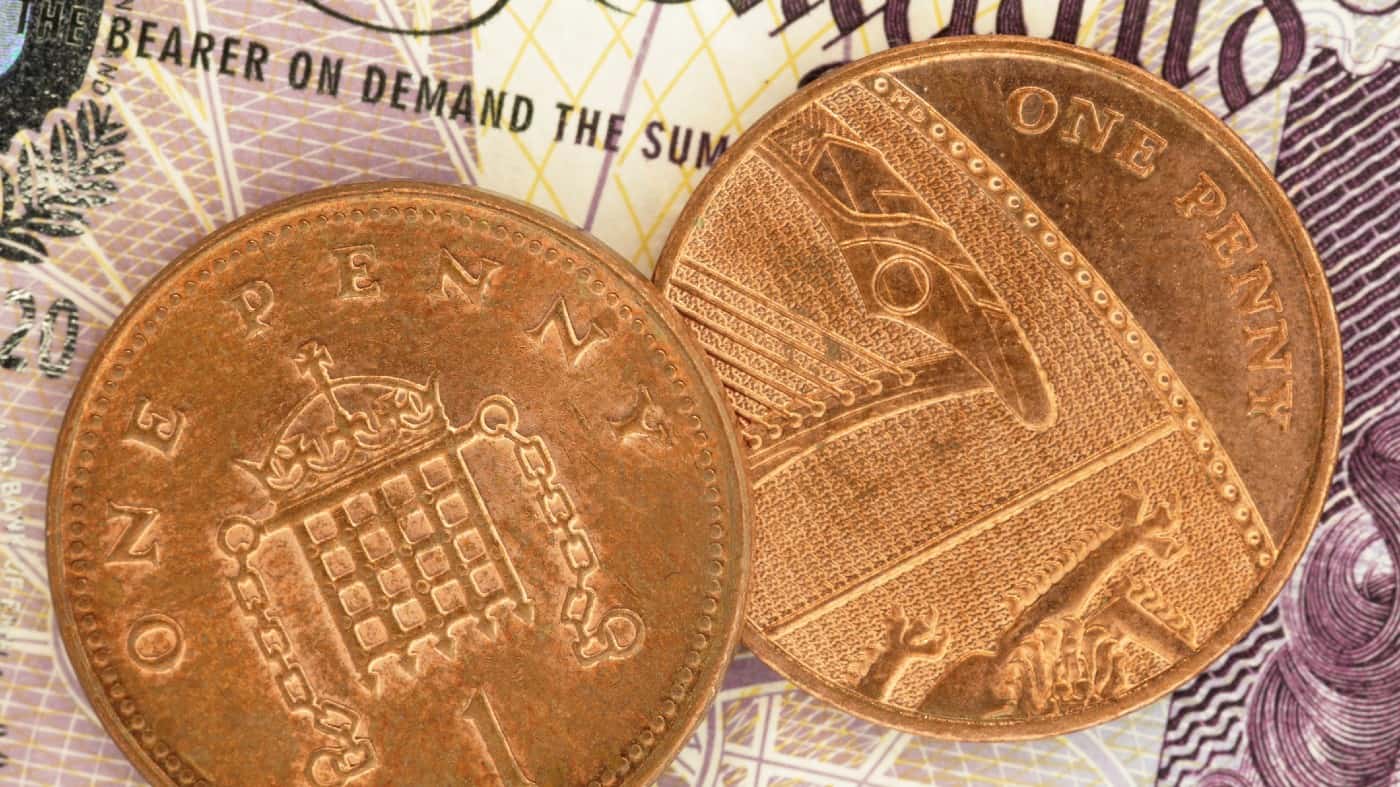When I started my first job I was invited to join a penny share investment group. When I asked why they only went for penny shares, the answer was that they obviously have far greater potential than shares that have already risen. I didn’t join.
Myth 1: biggest gains
It might seem like intuitive sense that a share priced at a few pennies has a lot more profit potential than one priced in pounds. But a bit of thought can show that’s nonsense. I see a good example in Aston Martin Lagonda (LSE: AML).
It’s not technically a penny stock as it has a market capitalisation of £676m — and in the UK, a penny stock is usually taken to mean market cap of less than £100m. But the 67p share price is well under the £1 limit, and this myth is about share prices.
One way to look at Aston Martin is as a low-priced stock with big potential future gains. Another way is as a company that had a high-flying IPO but whose business just didn’t cut it and the shares collapsed. The share price chart shows that clearly.
If Aston Martin were to have a 1-for-10 share consolidation tomorrow, the shares would be worth 670p and there would be a tenth the number in circulation. It wouldn’t be a penny stock any more. But the company wouldn’t have changed in the slightest. And its potential for gains and losses would be completely unchanged.
Myth 2: lowest losses
The other side of that coin is, in my opinon, an even more dangerous myth. With the share price so low, it goes, there’s a lot less to lose. If we buy a share for a few pennies we only have a few pennies to lose. But a share up in the pounds could lose us pounds.
And, well, on one level that’s true. If we only buy one share, we only stand to lose the price of one share. But who does that?
We don’t choose a set number of shares and then see which are the cheapest. No, we choose the amount of money we want to invest. Invest £1,000 and our biggest potential loss is £1,000, no matter what the share price.
I’m reminded of a tiny oil stock whose shares 10 years ago were worth about 5p. Today we’re looking at 0.015p. Less to lose? That looks like a 99.7% wipeout to me.
Myth 3: avoid like the plague
With those two myths busted, maybe the bright thing to do is avoid penny shares altogether? I’d say for those who haven’t really got their heads round share prices and valuations yet, that might be a good stop-gap idea.
But when we know how to avoid the hype and look at the actual underlying company, avoiding penny shares could mean we miss out on some great opportunities.
The key point is to remember what we’re buying and what we’re not buying. We’re not buying a share price, penny or otherwise. We’re buying a part-ownership of a company. And we should evaluate it the same way as any other company, no matter the share price.
This post was originally published on Motley Fool



